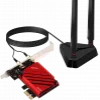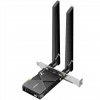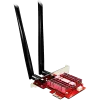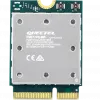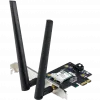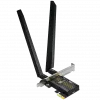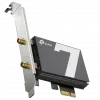
IEEE 802.11be, also known as Extremely High Throughput (EHT), is the forthcoming amendment to the IEEE 802.11 standard, set to be designated as Wi-Fi 7. This new standard builds upon its predecessor, 802.11ax, and is designed for both indoor and outdoor WLAN operation across the 2.4, 5, and 6 GHz frequency bands, catering to stationary and pedestrian mobility.
